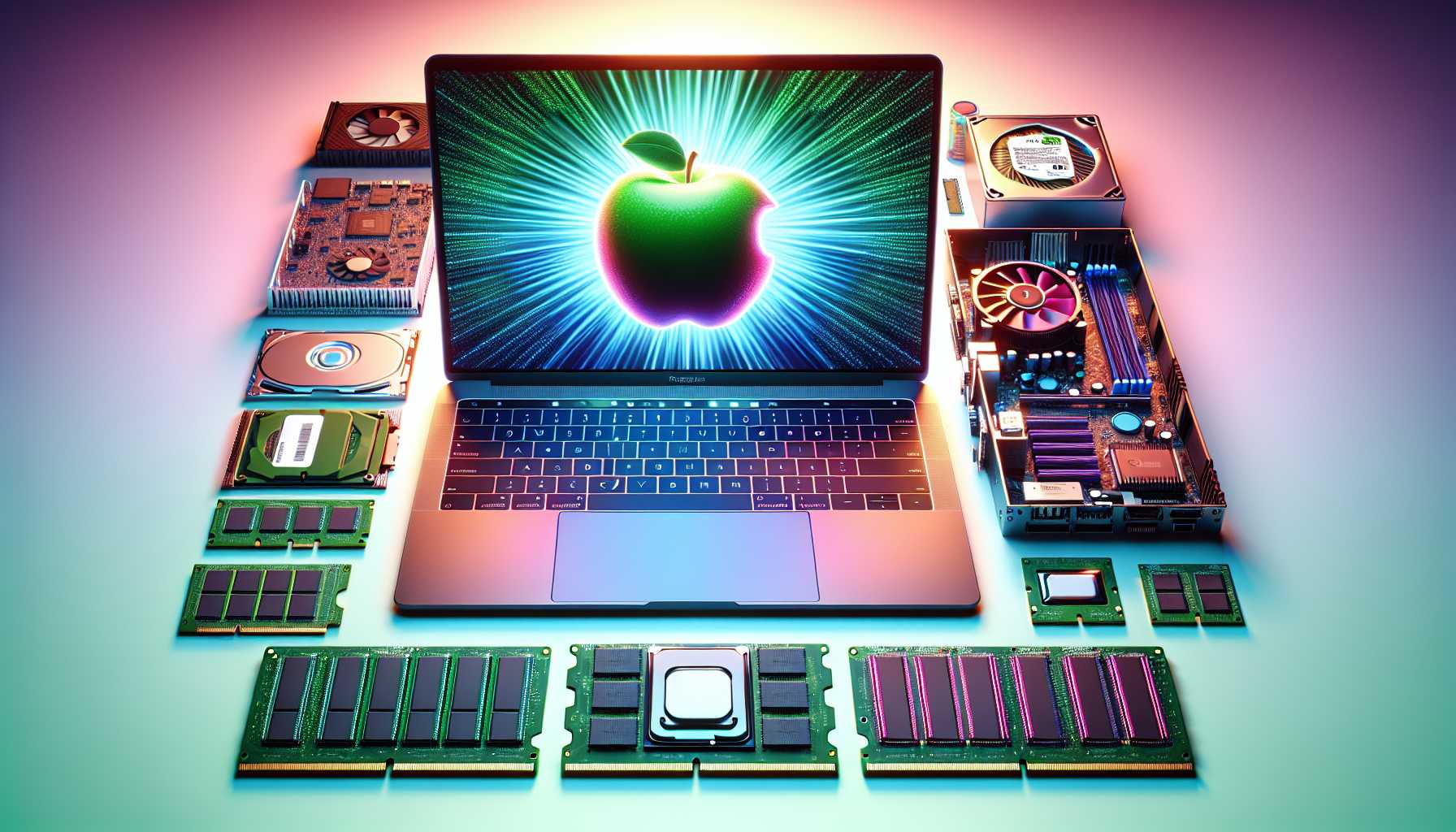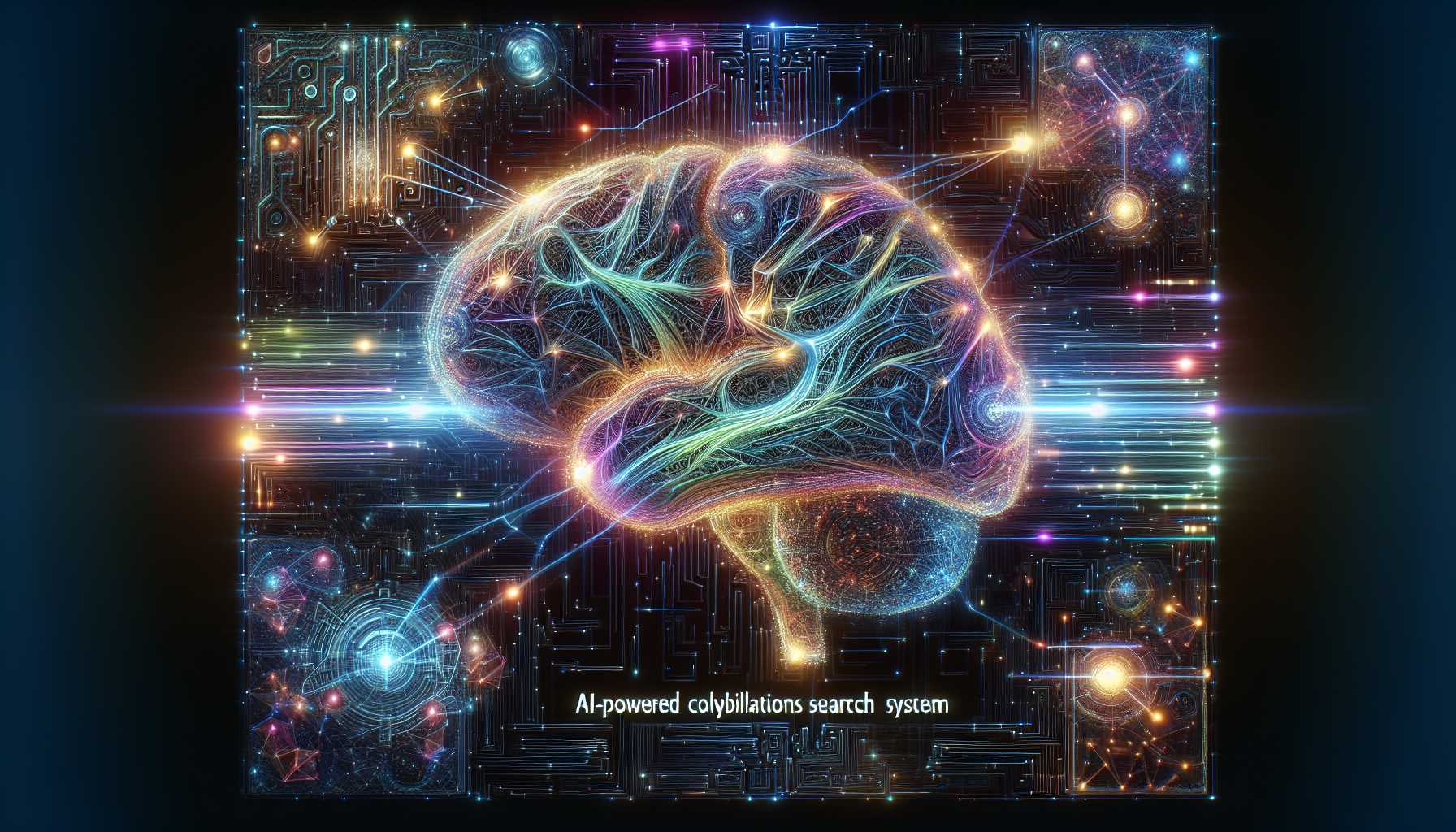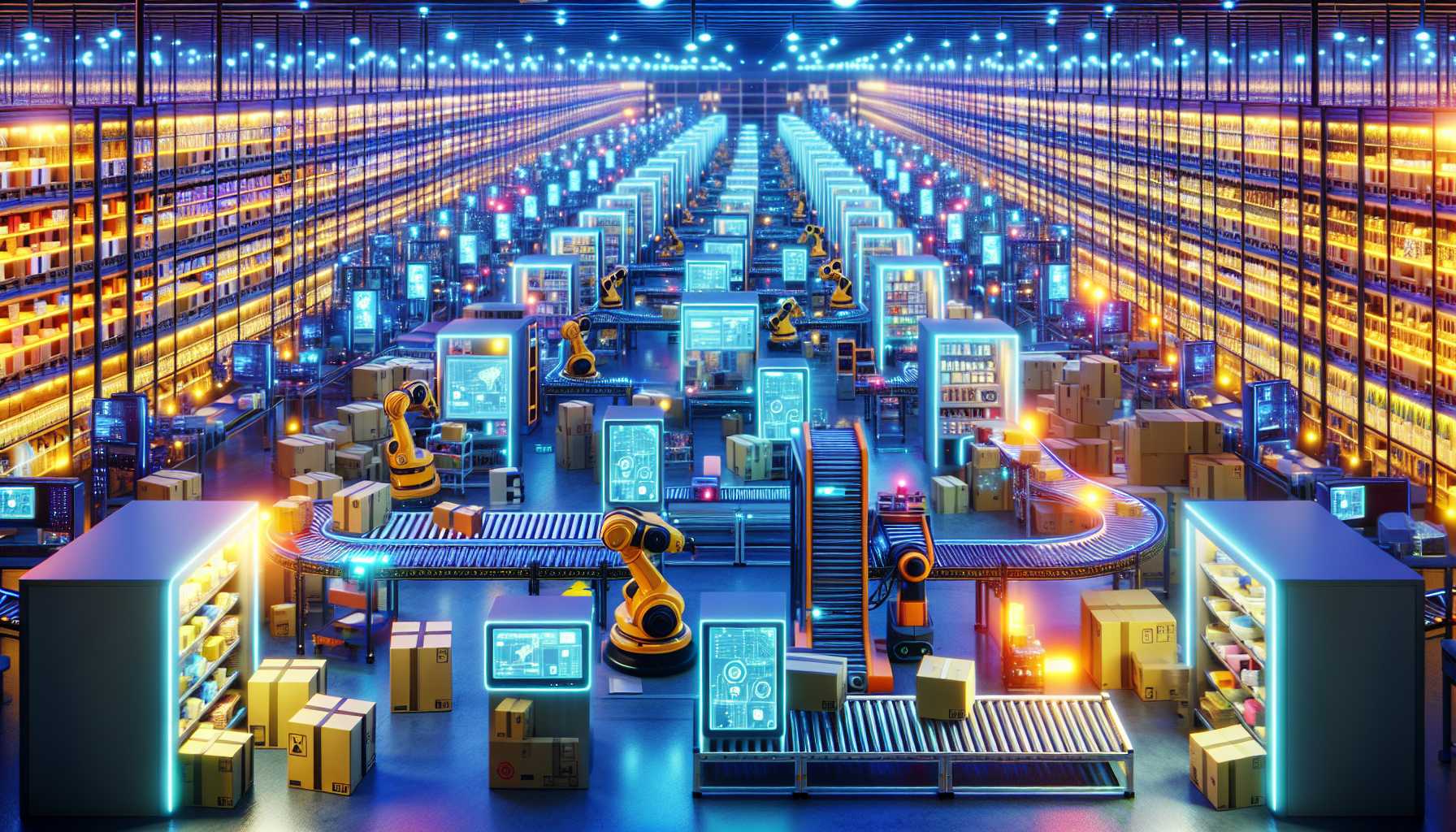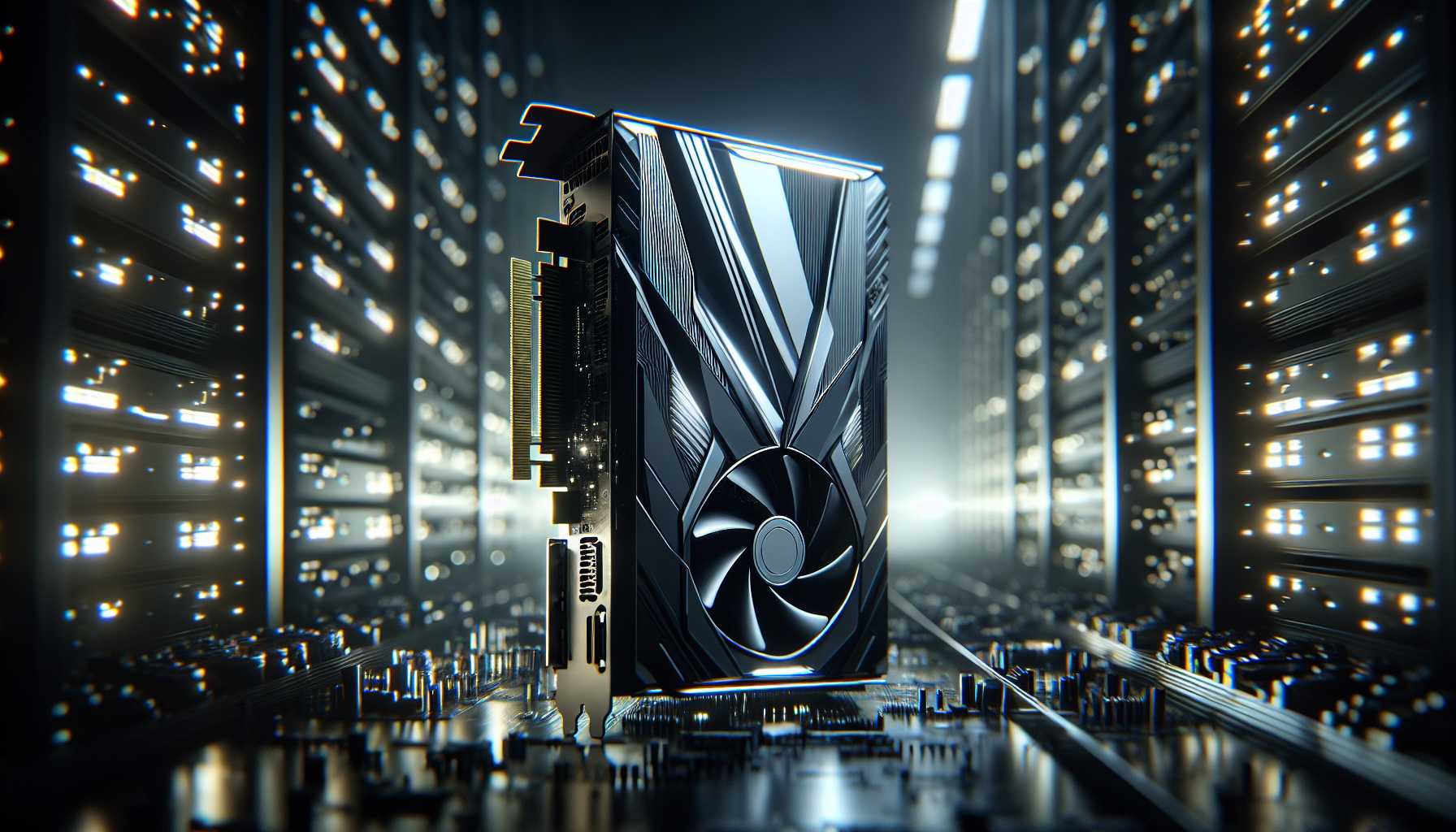The Hackintosh Conundrum: A Dream Fading Into Obscurity
Aleksandar Vaci’s contemplation on the declining star of the Hackintosh community rings true for tech enthusiasts who have long indulged in the art of hardware mimicry. The painstaking efforts to transplant macOS into the bodies of Windows laptops or custom-built PCs stem from a rebellion—an intense desire for personalization and a refusal to conform to the limitations imposed by standard configurations. macOS Sonoma, obstinate in its evolution, is slowly eroding the pathways these hardware hackers once tread with a blend of ingenuity and irreverence. Yet, with Apple’s reinvigorated commitment to powerful, function-over-form Macs, it begs the question: Is the Hackintosh still relevant?
I’ve witnessed the ebb and tide of Apple’s prioritization of Macs, and the current is strongest now, with MacBooks boasting tremendous battery life and improved keyboards, and the Mac Mini receiving timely updates. There lies an inherent dilemma in technology’s advance—it both inspires and retires the rebellious spirits of innovation.
Google’s Search Sees AI at the Helm
In a digital sphere pulsing with the current of information, Google’s Search sits at the heart, directing the flow. The recent appointment of Liz Reid as the new head heralds a future where AI isn’t just part of the search—it is the search. The legacy of keywords and ranked links faces a turning tide as Google’s Search Generative Experience (SGE) ushers in a new era dominated by AI.
As a tech observer, I’m intrigued by the potentiality of a multisearch-based world. Imagine communicating with your devices as you would a learned friend, a world where “searching” is replaced by intuitive interaction. In Google’s grand vision, specificity succumbs to conversational convenience, and query turns to conversation. It’s an ambitious leap—one that places a burden of utmost importance on Google’s AI to distill the web, increasingly brimming with AI-generated content, into meaningful results that enhance rather than confuse our digital interactions.
TigerEye’s Vision: Business Forecasting through Simulated Intelligence
Tracy Young’s transition from the success at PlanGrid to the birth of TigerEye underscores a quintessential element of the tech industry—discontent breeds innovation. The use of business simulation engines, much like a game theorizing the future of sales quotas and hiring practices, offers businesses a simulated crystal ball. TigerEye’s proposition resonates deeply with tech leaders. As we race towards a future that demands agility and precision in business strategy, the allure of an AI-powered oracle to predict and shape that future is undeniable.
Young and Gootee’s pursuit of balance in their work-life dichotomy is inspiring. TigerEye’s existence is a reflection of the founders’ core values—an embodiment of being ‘wholehearted’ in every endeavor. As a tech investor and enthusiast, I see in TigerEye a promise of transformation for businesses mired in the unpredictability of market trends. It is a promise that resonates with the quests of startups and tech giants alike.
Ingrid’s Ambition: Rethinking the E-Commerce Delivery Dilemma
Ingrid’s venture into the labyrinth of e-commerce logistics is a testament to the tech industry’s perennial quest for innovation. By treating delivery as a venerable challenge instead of an operational formality, Ingrid paves a new path for data science to catalyze the evolution of online shopping. Zaleski’s proposition stands out—it’s not about emulating Amazon’s Prime dominion with ‘free’ shipping illusions but revolutionizing the very mechanics of delivery itself.
As a tech aficionado, Ingrid’s ambition to punctuate the chaos with structure and databases is an intriguing pursuit. The promise of parcel collectives—a harmony of logistics underlined by data science—hints at a future where e-commerce is optimized, efficient, and environmentally conscious. It’s a future where ‘free’ might not equate to better, and consumers’ choices are driven by transparency and informed control over their deliveries, not merely by cost.
Truecaller’s Max Update: When AI Assists in Preserving Peace
Truecaller’s strategic pivot with the ‘Max’ for Android, leveraging AI to shield users from unsolicited communication, mirrors the ever-intensifying battlefield against spam. In a world rife with digital interruption, Truecaller’s AI-honed weaponry emerges as a shield for personal space, though not without its controversies and imperfections.
I align with the skepticism that such aggressive filtering may indeed sometimes catch the innocent in its net—yet, the commitment to refine and unleash AI to separate wheat from chaff is a bold and necessary endeavor in the pursuit of digital tranquility. As for Truecaller’s aspirations to ingrain proactive automation, I see it as a chess move towards digital harmony. However, the limitations imposed by platforms and the guardianship of consumer trust will perennially challenge Truecaller and its brethren in crafting a future where technology respects our peace as much as it seeks our engagement.
NVIDIA GTC: A Concert of Computational Power
NVIDIA’s game has always been about hurtling through the ceilings of conventional computation, and the unveiling of the ‘Blackwell’ GPU at the recent GTC event was a crescendo that echoed their relentless pursuit. It’s not just another step; it’s a quantum leap—one that claims to not only exponentially speed up AI model training but to do so with finesse and a considerate carbon footprint. Witnessing this announcement, I couldn’t help but be reminded of a classic tale of an underdog, NVIDIA, that now sits atop the world as a champion of accelerated computing. It’s a narrative that encapsulates the tech world’s very essence—relentless, ambitious, and perpetually scaling new heights.
In Conclusion
The tech tides are ever-changing, pulling and pushing at the sands of innovation and tradition. From Hackintosh hobbies waning under the shadow of advanced Macs, Google’s AI-centred search, and TigerEye’s predictive prowess, to Ingrid’s logistical efficiency and Truecaller’s AI-led call screening, we’re seeing a confluence of ideas and technologies reshaping our digital experiences. These developments aren’t isolated ripples; they’re waves signalling the unstoppable force of technological advancement, impacting how we work, communicate, and interact with the digital realm.
NVIDIA’s GTC spectacle, replete with potential breakthroughs like the Blackwell GPU, serves as a stark reminder of the revolution that’s underway—a revolution that’s redefining the boundaries of possibility. It is this boundless and dynamic nature of the tech industry that captivates and compels us to look toward the horizon—with optimism, curiosity, and a touch of caution for what lies ahead.






